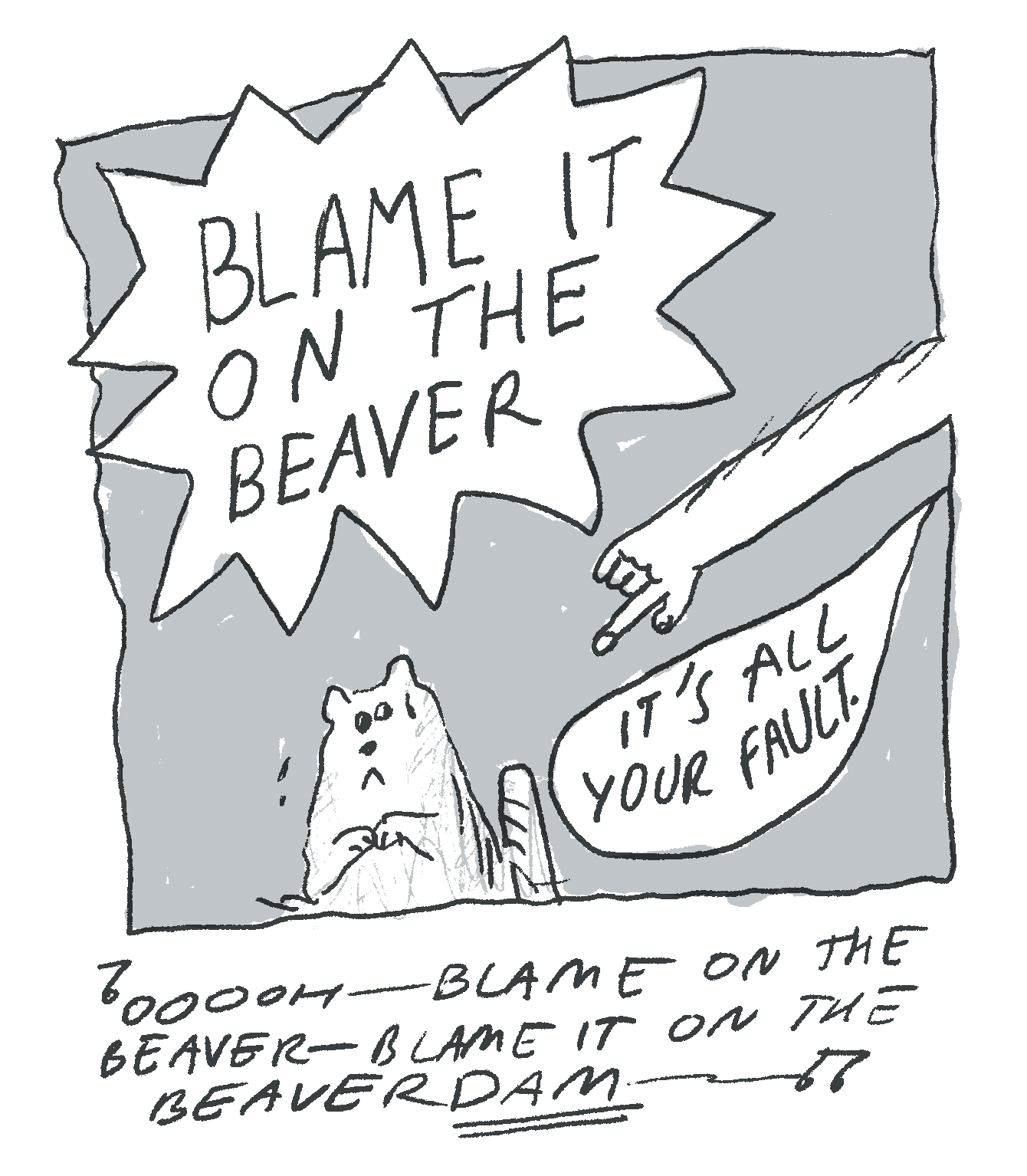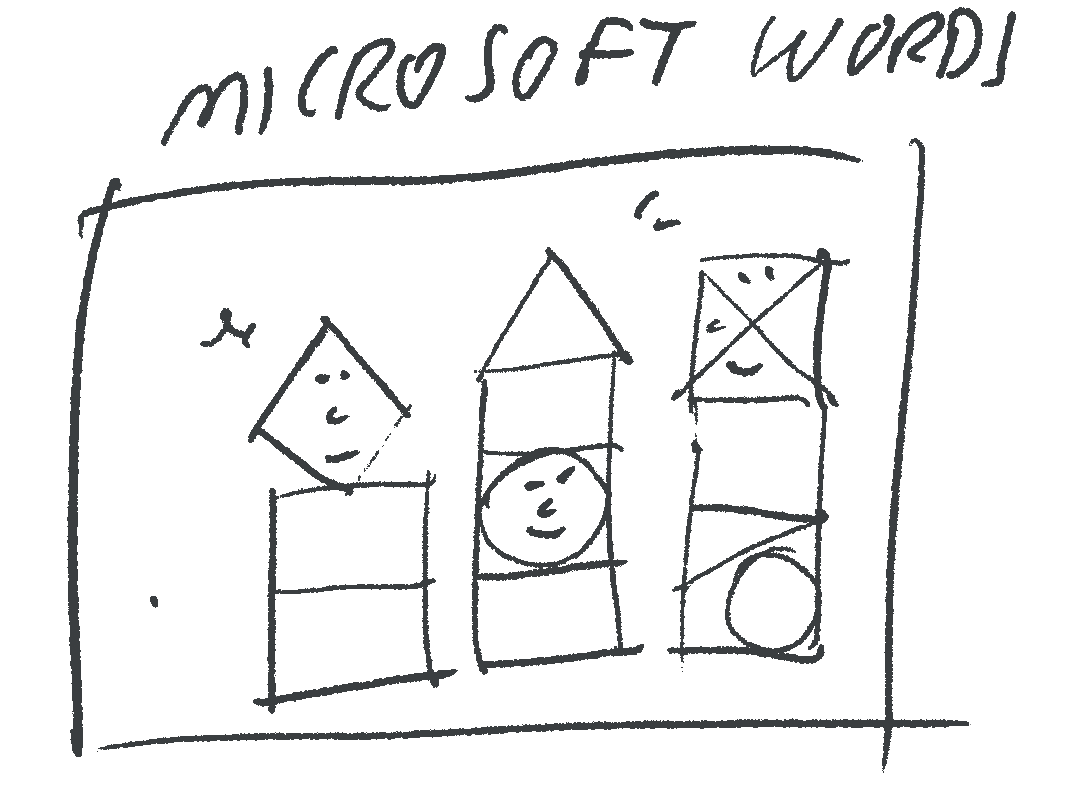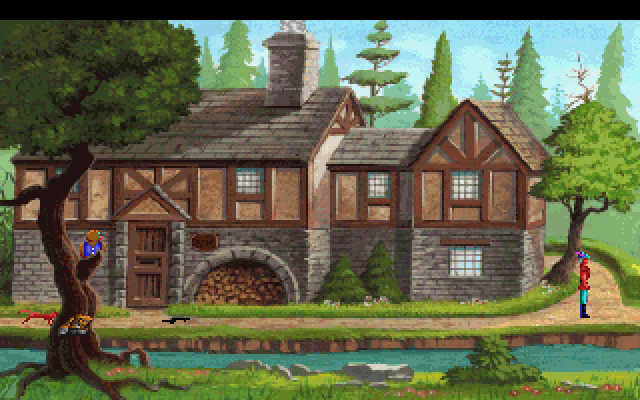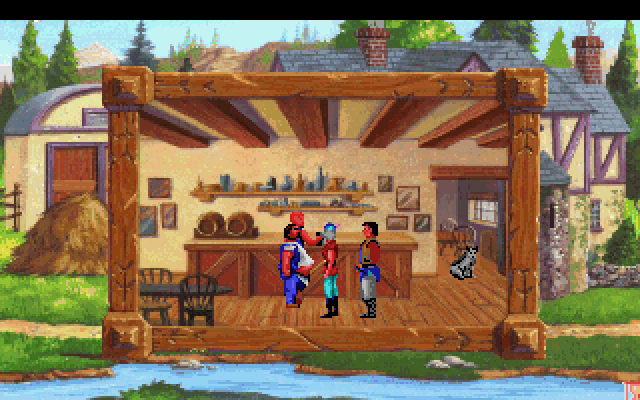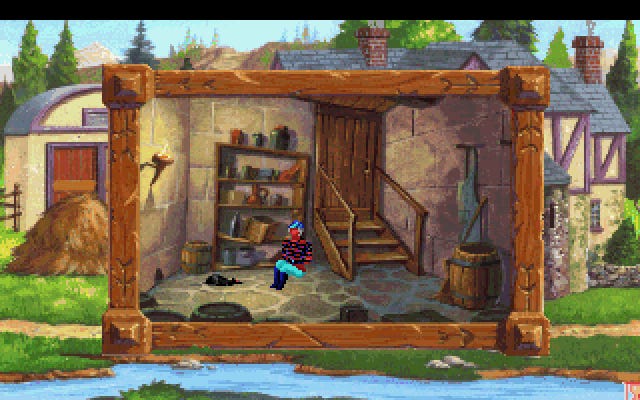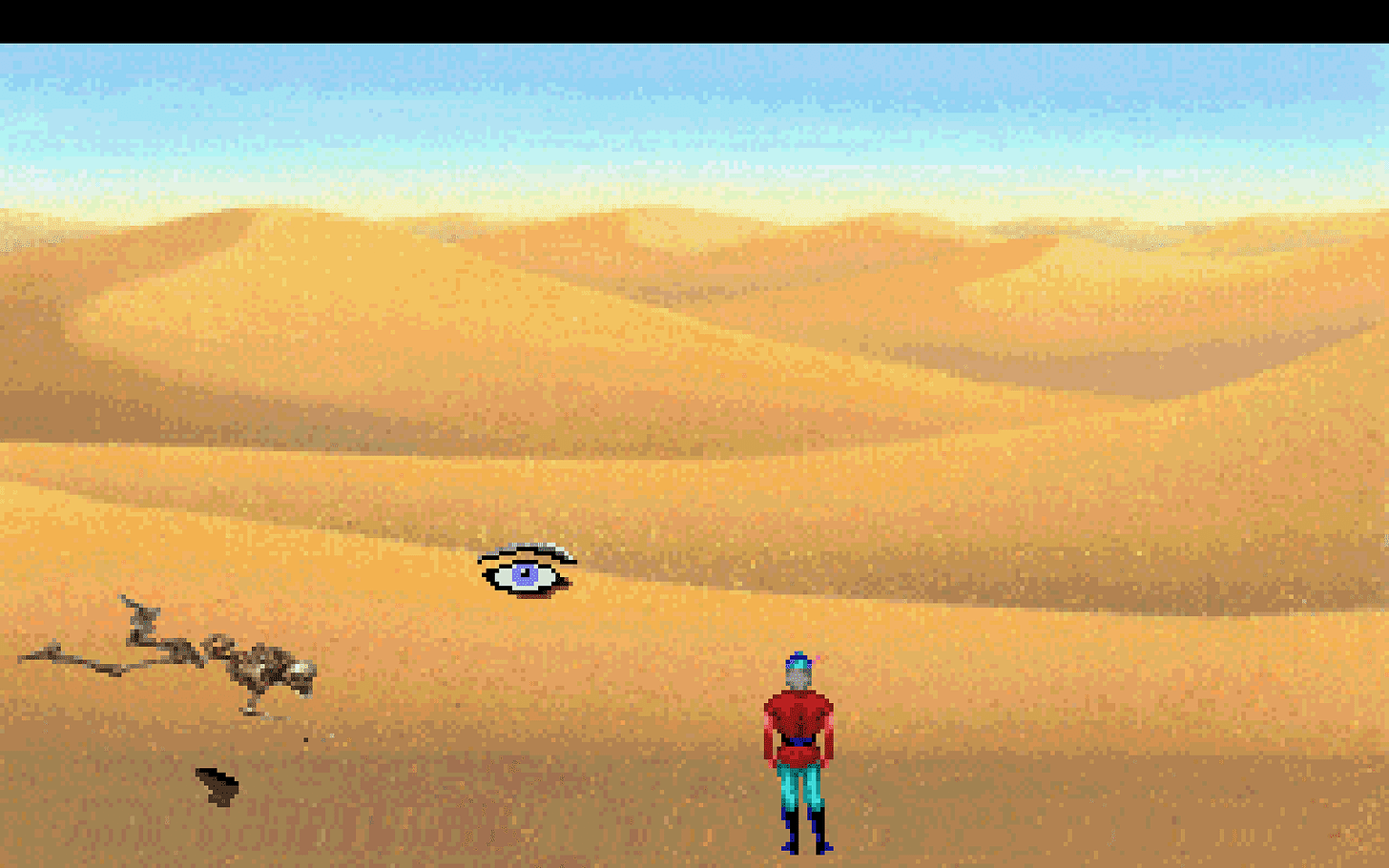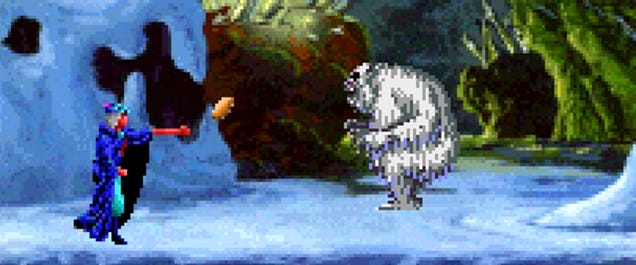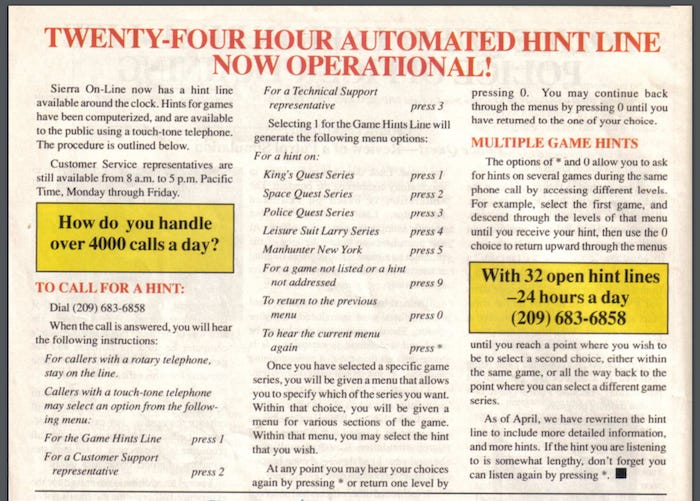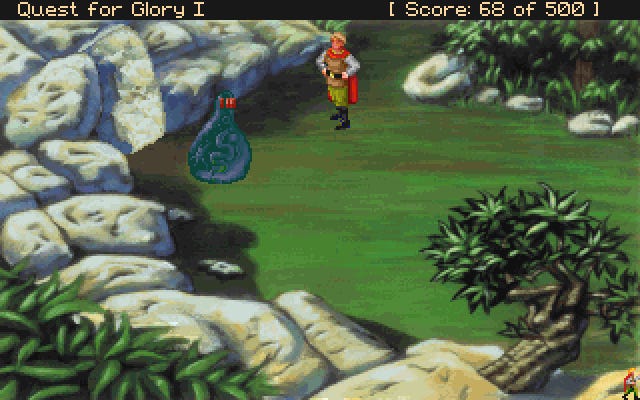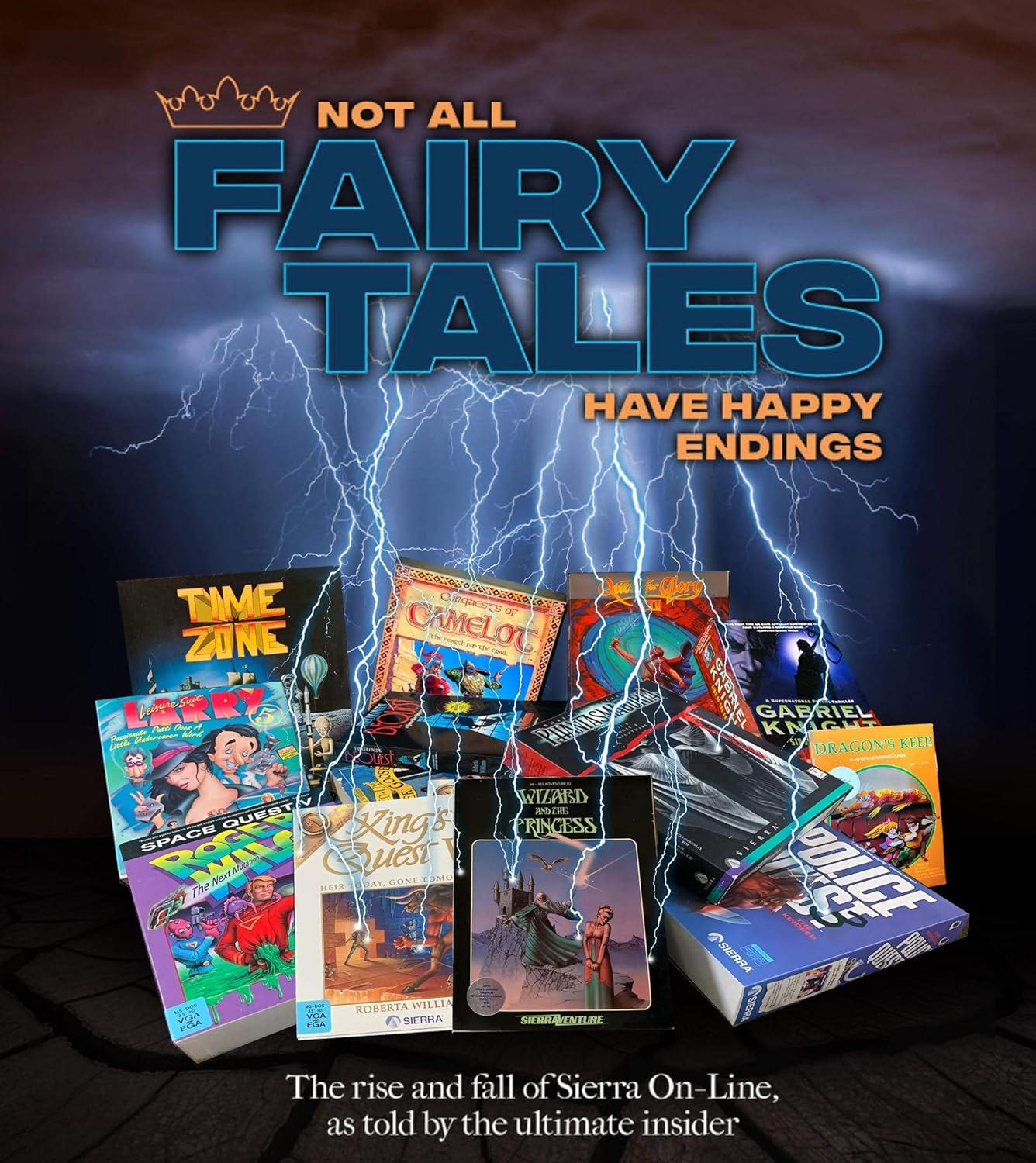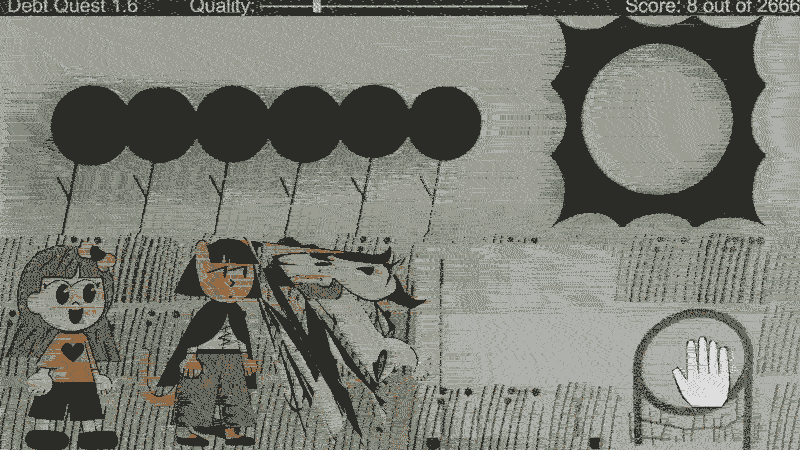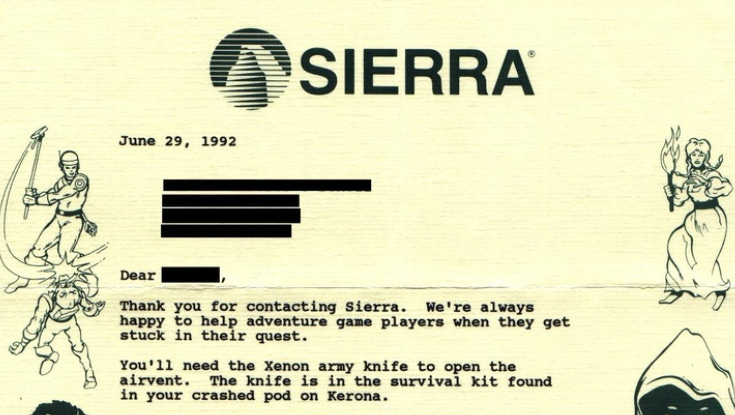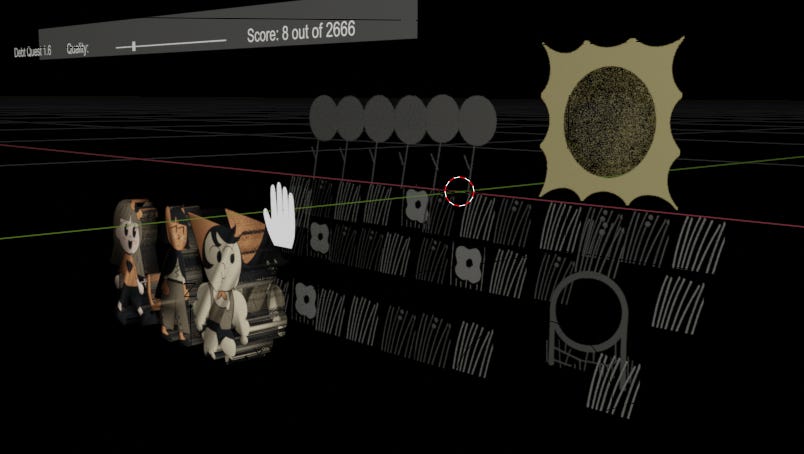Here’s my segment from the latest Hellavision film, Debt Quest, now screening all around, and eventually online. Written and devised by Lije Morgan.
My bit is somewhere around the beginning, and it’s inspired by Sierra’s adventure games that drove me a bit mad when I was a wean. The VGA ones had a ‘quality’ or ‘detail’ slider, which did very little, and here I thought I’d push it a bit further. Not happy about the way it turned out—it’s the usual thing of at once too much and not enough that happens any time I pick up blender after a hiatus, but it was fun to experiment and re-create a risograph in 3d.
For the ignorant, arrogant, and poorly-dressed youths of today, here’s a historical digression. At the time (mostly 80s-90s), there were two major studios producing point-and-click adventure games, LucasArts, and Sierra. LucasArts were responsible for some of the best titles in the genre, like Monkey Island and Grim Fandango, while Sierra churned out a frankly ridiculous number of games with the word “quest” in the title.
Ok, that’s not entirely fair—some of the Sierra games were pretty revolutionary (the original King’s Quest came out before Maniac Mansion, for instance, and the RPG elements/nonlinear progression in Quest for Glory were very much ahead of their times), but practically all of them were hampered by some of the worst puzzles in a genre already infamous for moon logic and pixel-hunting.
One of the worst ones is King’s Quest 5, a game that frustrated me to no end when I tried to play it, knowing nothing of its reputation back in the day. Here’s an example: early on, you get to the town, which is the hub area for the first part of the game. Upon entering one of the screens, you’ll see a rat being chased by a cat. If you don’t throw a shoe at the cat immediately, you will never be able to finish the game.
You are most likely to miss this, and go on with your journey, and eventually you will anger some local men, who will hit you on the head and imprison you in the cellar of a local inn.
If you hadn’t helped the rat earlier, you won’t be able to escape. If you had, the rat will crawl out of a mousehole (rathole?) and eat through the ropes, freeing you, and leaving you with a “sturdy” gnawed rope. More detailed description here.
That’s right, you get one chance, and no indication of a fail state in what appears like a minor detail. What’s more, the screen is so central in the game’s geography, that not going there takes some planning and effort. Now, where do you get the shoe that you need to throw at the cat? It’s in the middle of a seemingly endless desert, beside a skeleton (what happened to the rest of its outfit remains unclear).
And, since it is a desert, if you go a few screens without stumbling upon an oasis, you die. Every time you do find an oasis, your protagonist can take a sip of water, with a bit of annoying narration text that’s permanently etched in my brain.
I still occasionally think to myself, “Nectar of the Gods,” when I use the watercooler in some municipal waiting room. The voice acting in this installment of King’s Quest is notable because they utilized pretty much anyone around the office who had vocal cords and a few minutes to spare. The wolf is a particular stand-out.
Speaking of the yeti, to defeat it, you need to throw a pie in its face, which is borderline reasonable by the standards of the time, except that the pie, like any food item you come across, can be eaten at any moment, thus breaking the game.
I got King’s Quest 5, and other Sierra titles from one of those 100 Best Adventure Games CDs back in Russia, and got stuck in practically all of them (don’t get me started on the copy protection that pops up around the midpoint of KQ5, rendering the game unbeatable, even if I had somehow figured out all the shoe/pie-tossing, or the entirety of Space Quest 4, which is possibly even worse). Had I lived in America, however, I could’ve just called the Sierra hint line…
…or ordered one of the official hint books, which would’ve probably been a bit less expensive, considering the amount of unknowable fail state. Get all 3589637 of them, while you’re at it, for generations to come.
Allegedly, Sierra made more money from these hint schemes than the actual game sales. There is a theory (which I very much believe) that this is why the games from that era are so absurdly user-unfriendly. To Sierra’s credit, King’s Quest 6 has half the number of fail states, and among the VGA ones, I’d say it’s the only one worth playing. King’s Quest 5 is only worth watching as a letsplay on YouTube, at least for Cedric the Owl, one of the most hateful sidekicks in video game history.
Not only is Cedric supremely irritating, the advice he gives is always useless, and most of the time you die as soon as he alerts you about some danger, with no opportunity to do anything, other than reload. Oddly enough, there is a Sierra game which doesn’t just allow you to screw up and miss a few things, it accounts for things that most normal games would not allow, even today.
In their Robin Hood adaptation, Sierra went hard into the opposite extreme, and made a game where you can just walk away from maidens in distress (several times), screw over all the poor and needy, and still finish the game, albeit with a bad ending.
Meanwhile, Quest for Glory had some delightfully strange elements, and unexpected interactions, including a semi-translucent bouncy creature called Antwerp. Speaking of, I will be in Antwerp for the Grafixx festival in November, screening some animations, and selling my recent comics. I’m then going to Brussels to teach a workshop, but more on all that later.
I could reminisce about Sierra games all night, but you probably have other plans. There’s an interesting story behind the company, and the husband-and-wife team who made most of these games, but you can read about it in Ken Williams’s recent-ish memoir, which sounds completely deranged and very of its time, at least judging by the cover. I’ve yet to read it, but the book came highly recommended by
, a fellow funnyman and connoisseur of weird old games.Anyway, this was meant to be a short aside, but it became an entire post. Back to Hellavision… the whole thing was mostly made in Blender, with the ‘print’ assets drawn in Procreate, then imported into 3d image by image. It was incredibly tedious, and I don’t know why I do this to myself.
Let me show you how the rest of this thing was made, and, as a tribute to Sierra’s business model, the only informative part of this post is behind a paywall. As usual, you can use various ponzi schemes to bypass it (if you refer several of your friends/enemies/alts, you’ll also get unnecessary secret messages).
So, it started with a flat ‘tile grid’ and a bunch of assets, originally drawn in Procreate, then placed in 3d with some distance between them to give a bit of blur with depth of field.
Keep reading with a 7-day free trial
Subscribe to DADA issues to keep reading this post and get 7 days of free access to the full post archives.




